Only one of the French farmers asked about the scheme by the Irish Farmers Journal this Tuesday said he would apply – and that was because he had already decided to cut production as a result of poor health.
“It’s barely worth it,” said Florent Vauprés, who milks 55 cows and has brought his milk output down by 100,000l. “It only keeps office people busy,” his wife Sonia added.
The French government is topping up the European scheme, bringing the payment for the first 5% cut to 24c/l. Payments then drop to the European flat rate of 14c/l. The European Commission is hoping that strong uptake in the scheme will take more than 1bn litres of milk out of production and re-balance dairy markets.
France is the second largest EU milk supplier after Germany and its production has been down year-on-year since March. The average French farmgate price is set to top 29c/l this month after recent protests led to price hikes at the leading processor Lactalis, with production costs estimated to range between 30-35c/l.
The success of the scheme hinges on farmers in large dairy producers such as France taking part widely. While Brittany is a high-efficiency, grass-based region similar to Ireland, uptake is likely to be higher in more marginal areas.
It will somewhat reduce volumes, but it would have been more efficient earlier during the spring peak
“There will be individual decisions based on calculations made on each farm,” Damien Lacombe, chairman of France’s largest co-op Sodiaal, told the Irish Farmers Journal. “It will somewhat reduce volumes, but it would have been more efficient earlier during the spring peak,” he added.
Lacombe said that his co-op was letting farmers apply through its website and hoped the scheme could “stimulate the tentative recovery we have seen emerge”.
"Illogical"
Comments from most farmers, however, ranged from “not worth the trouble” to "illogical" after abolishing quotas. Several said they had invested in dairy expansion or started up recently and had to keep production up if they were to meet their bank repayments.
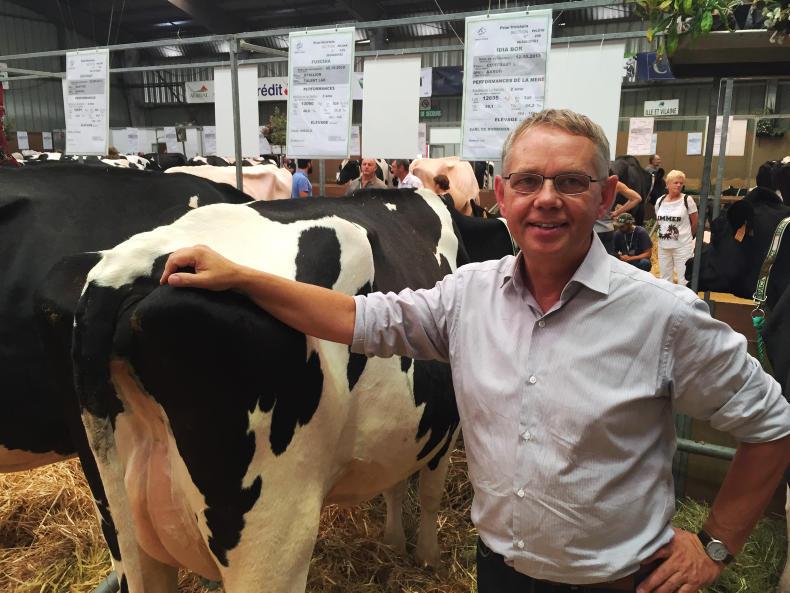 Denis Bieri (picture), director of the Prim’Holstein France breed association, said there were divided opinions about the scheme. “Some are happy but others say this is no solution and France’s share of European production will drop further if we take it up,” he said. Yet others will seize this opportunity to cull problem cows and take the payment, he added.
Denis Bieri (picture), director of the Prim’Holstein France breed association, said there were divided opinions about the scheme. “Some are happy but others say this is no solution and France’s share of European production will drop further if we take it up,” he said. Yet others will seize this opportunity to cull problem cows and take the payment, he added.

It was clear from discussions at the SPACE show that while some French farmers are prepared to cut down on concentrate feed at the end of this year to get the payment, hardly any are considering culling cows now to replace them after the scheme expires next spring.
We need a higher price rather than a supply cut payment
“We need a higher price rather than a supply cut payment,” said Pascal Morel, who milks 120 cows in nearby Normandy. “When you’ve invested to produce the reference amount set by your processor, it’s not to milk 200,000l less,” he added in reference to the annual production volumes agreed between farmers and processors in France.
Read more
Farmers can apply through co-ops for milk reduction scheme
Only one of the French farmers asked about the scheme by the Irish Farmers Journal this Tuesday said he would apply – and that was because he had already decided to cut production as a result of poor health.
“It’s barely worth it,” said Florent Vauprés, who milks 55 cows and has brought his milk output down by 100,000l. “It only keeps office people busy,” his wife Sonia added.
The French government is topping up the European scheme, bringing the payment for the first 5% cut to 24c/l. Payments then drop to the European flat rate of 14c/l. The European Commission is hoping that strong uptake in the scheme will take more than 1bn litres of milk out of production and re-balance dairy markets.
France is the second largest EU milk supplier after Germany and its production has been down year-on-year since March. The average French farmgate price is set to top 29c/l this month after recent protests led to price hikes at the leading processor Lactalis, with production costs estimated to range between 30-35c/l.
The success of the scheme hinges on farmers in large dairy producers such as France taking part widely. While Brittany is a high-efficiency, grass-based region similar to Ireland, uptake is likely to be higher in more marginal areas.
It will somewhat reduce volumes, but it would have been more efficient earlier during the spring peak
“There will be individual decisions based on calculations made on each farm,” Damien Lacombe, chairman of France’s largest co-op Sodiaal, told the Irish Farmers Journal. “It will somewhat reduce volumes, but it would have been more efficient earlier during the spring peak,” he added.
Lacombe said that his co-op was letting farmers apply through its website and hoped the scheme could “stimulate the tentative recovery we have seen emerge”.
"Illogical"
Comments from most farmers, however, ranged from “not worth the trouble” to "illogical" after abolishing quotas. Several said they had invested in dairy expansion or started up recently and had to keep production up if they were to meet their bank repayments.
 Denis Bieri (picture), director of the Prim’Holstein France breed association, said there were divided opinions about the scheme. “Some are happy but others say this is no solution and France’s share of European production will drop further if we take it up,” he said. Yet others will seize this opportunity to cull problem cows and take the payment, he added.
Denis Bieri (picture), director of the Prim’Holstein France breed association, said there were divided opinions about the scheme. “Some are happy but others say this is no solution and France’s share of European production will drop further if we take it up,” he said. Yet others will seize this opportunity to cull problem cows and take the payment, he added.

It was clear from discussions at the SPACE show that while some French farmers are prepared to cut down on concentrate feed at the end of this year to get the payment, hardly any are considering culling cows now to replace them after the scheme expires next spring.
We need a higher price rather than a supply cut payment
“We need a higher price rather than a supply cut payment,” said Pascal Morel, who milks 120 cows in nearby Normandy. “When you’ve invested to produce the reference amount set by your processor, it’s not to milk 200,000l less,” he added in reference to the annual production volumes agreed between farmers and processors in France.
Read more
Farmers can apply through co-ops for milk reduction scheme
 Denis Bieri (picture), director of the Prim’Holstein France breed association, said there were divided opinions about the scheme. “Some are happy but others say this is no solution and France’s share of European production will drop further if we take it up,” he said. Yet others will seize this opportunity to cull problem cows and take the payment, he added.
Denis Bieri (picture), director of the Prim’Holstein France breed association, said there were divided opinions about the scheme. “Some are happy but others say this is no solution and France’s share of European production will drop further if we take it up,” he said. Yet others will seize this opportunity to cull problem cows and take the payment, he added.






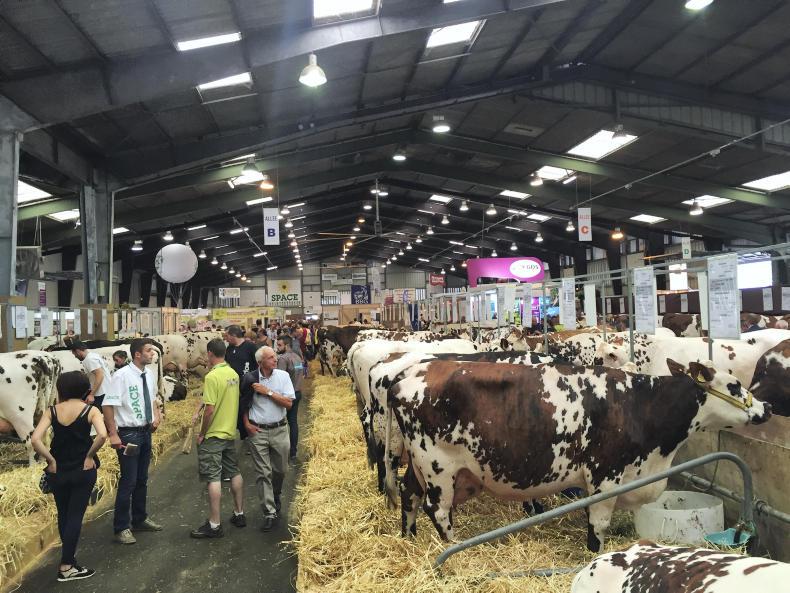
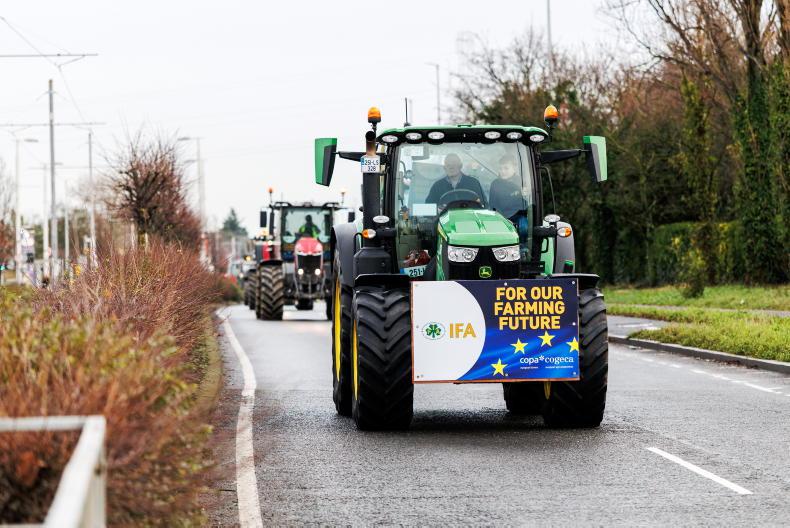

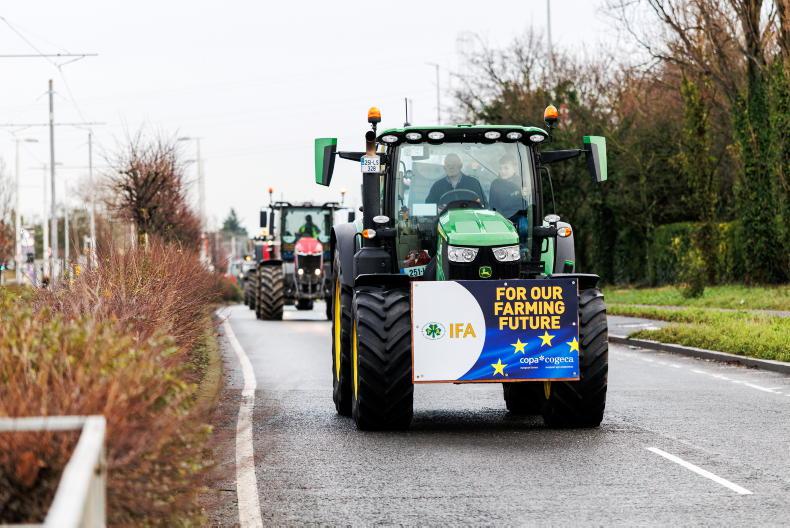
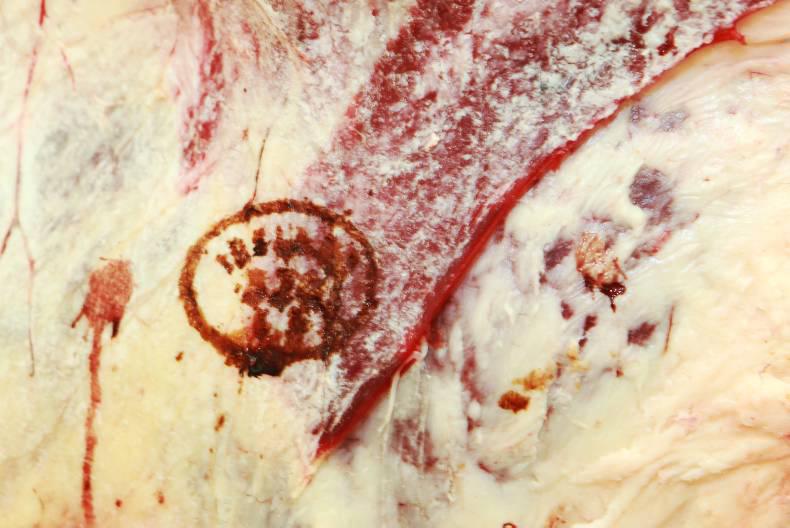
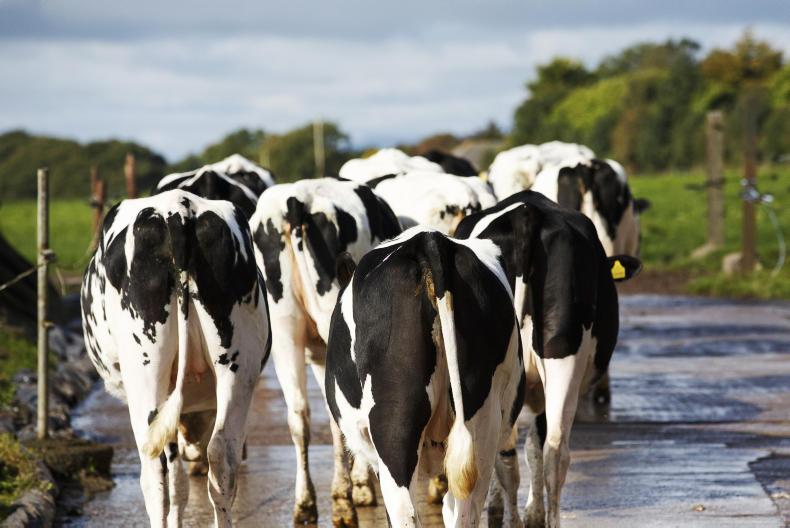
SHARING OPTIONS